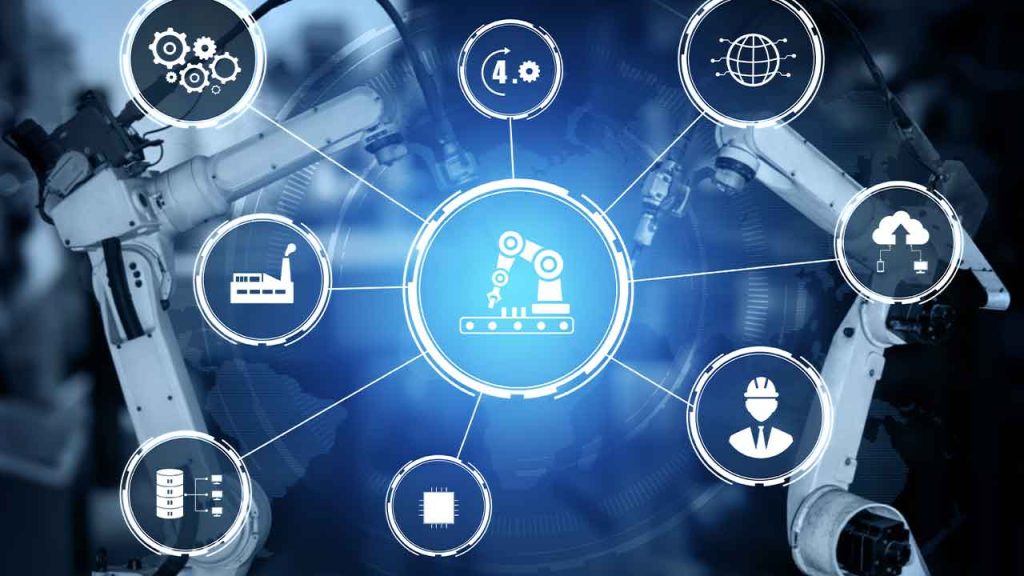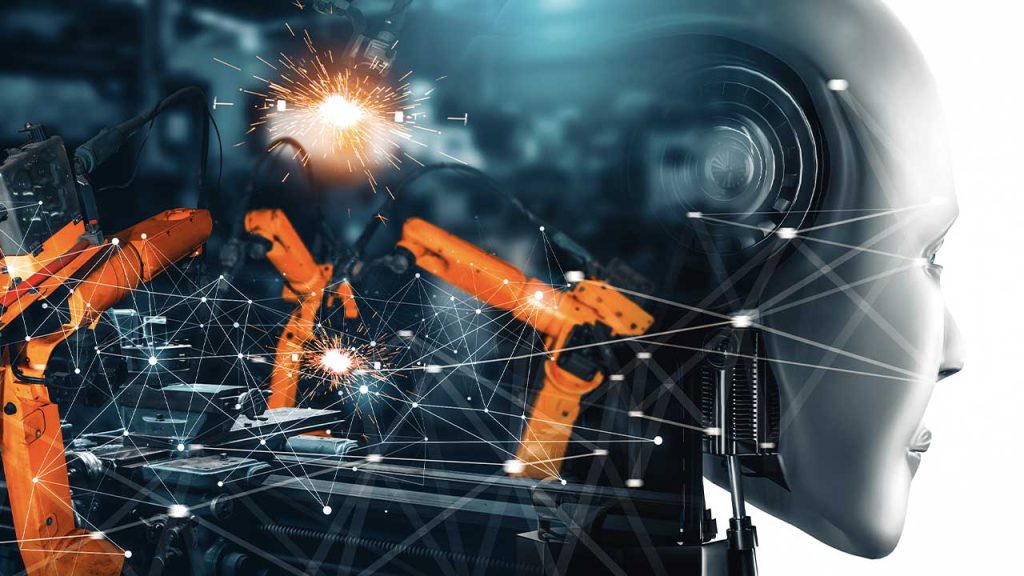Why AI Needs IoT to Deliver Real Value in Industrial Operations
At Hannover Messe 2025, amid the buzz around generative AI and intelligent automation, Bernd Gross, CEO and co-founder of Cumulocity, offered a pragmatic lens into the convergence of AI and IoT—and what industrial leaders are still getting wrong.
As co-founder of Cumulocity and an early architect of industrial IoT platforms, Gross has witnessed the sector’s evolution firsthand. His takeaway? AI won’t transform the industry on its own—but it will accelerate the shift toward connected, automated, and sustainable operations. That is if we get the foundations right.
AI Won’t Replace IoT—It Will Make It Necessary
The idea that AI is a standalone disruptor is a misconception, Gross argues. “AI doesn’t change everything—it enhances what’s already in motion.” In industrial environments, that means AI is useless without a connected layer of IoT infrastructure to feed it reliable, real-time, contextual data.
The future isn’t about choosing AI or IoT—it’s about combining them into intelligent systems that make sense of machines, people, and processes. In Gross’s view, this convergence—coined “AIoT”—isn’t just another acronym. It’s the operating model for industrial relevance in the years ahead.
A Pragmatic Use Case: Turning Error Codes into Actions
One compelling example of AI’s role in operations? A project with a German machine manufacturer using AI to decode complex machine failure codes. Rather than leaving operators with cryptic alerts, the system uses AI to translate messages into plain-language instructions with step-by-step solutions—and, in some cases, fully automates the corrective action.
It’s not just about efficiency. It’s about scaling expertise in a world where skilled maintenance technicians are retiring faster than they’re replaced. Gross envisions a future where field service is increasingly autonomous, backed by connected devices and intelligent diagnostics.
AI Is Only as Good as the Lifecycle Behind It
Gross cautions against deploying AI as a one-off tool. The real value lies in continuous operations—ML Ops, Vision Ops, and other lifecycle models- ensuring AI systems evolve with real-world feedback.
This is especially critical in edge and vision AI use cases, where devices—like the smart image sensors co-developed with Sony—must adapt over time. Without this operational backbone, even the most promising AI solutions risk becoming unsustainable.
Data Silos Are a Business Problem—Not a Technical One
While data integration remains a persistent barrier, Bernd Gross is blunt: “Overcoming data silos isn’t rocket science—it’s just hard work.” The issue isn’t capability—it’s motivation.
Until recently, organizations lacked the ROI to justify breaking silos apart. But AI is changing that. The promise of automation, predictive maintenance, and system-wide intelligence gives companies a renewed reason to invest in data governance and interoperability. What once felt optional is now foundational to staying competitive.
Looking to 2030: Maintenance Will Be Remote, AI Will Be Embedded
What does the future hold? Gross envisions a fully connected industrial ecosystem where field service is largely remote, firmware is managed over the air, and AI is as embedded in machines as electricity itself.
By 2030, we may not even use terms like “IoT” or “AI” as separate domains. These will be invisible technologies—seamlessly integrated into every process, product, and decision.
And the aging workforce challenge? That’s already accelerating automation. “We simply won’t have enough people to maintain the systems manually. We have no choice but to automate.”
As Bernd Gross puts it, AI isn’t here to replace industrial systems but to amplify and accelerate what IoT began. The winners will be those who stop thinking in silos—between technologies, teams, or timelines—and start building systems that can learn, adapt, and scale together.
At Hannover Messe 2025, it’s no longer about what’s possible. It’s about what’s now essential.
About the author
Lucian Fogoros is the Co-founder of IIoT World
Related articles:

